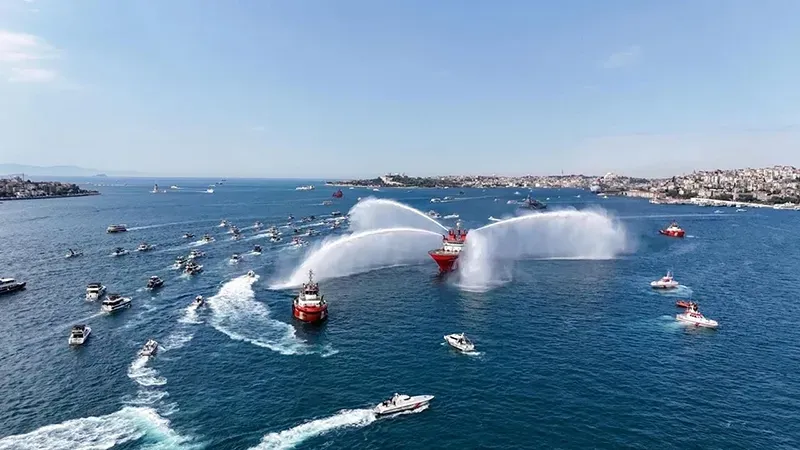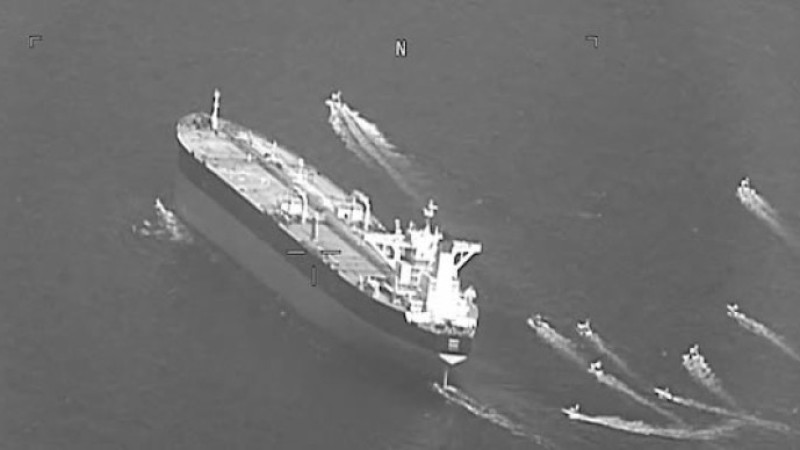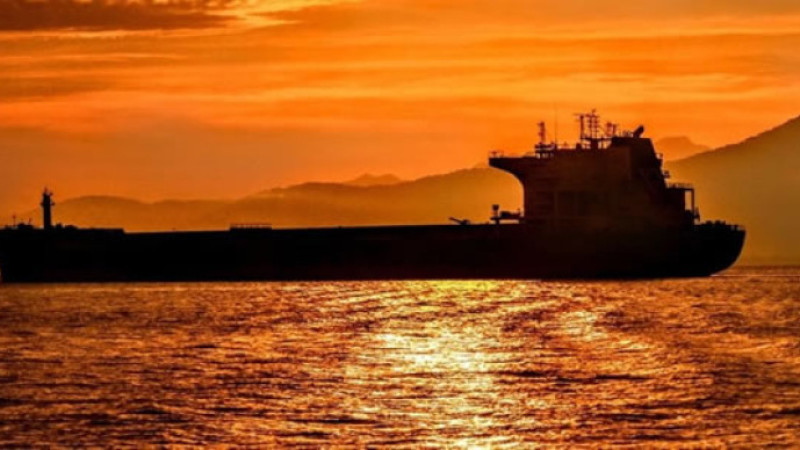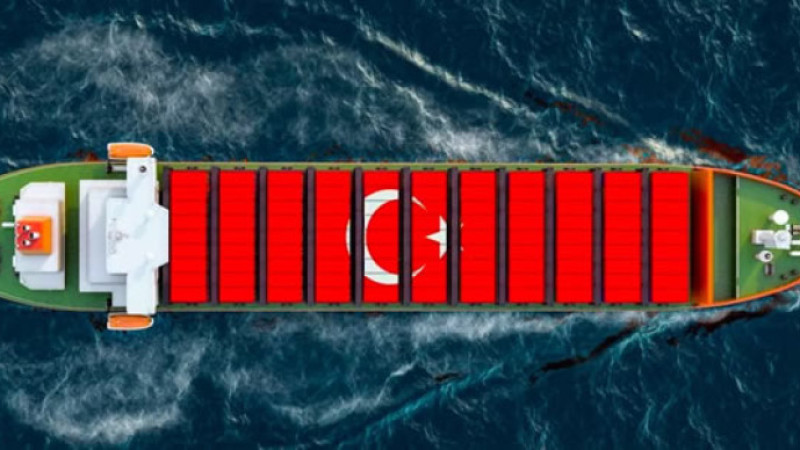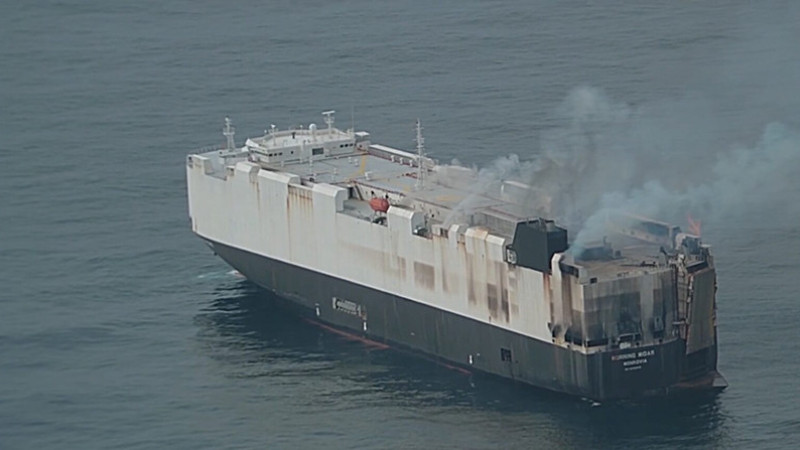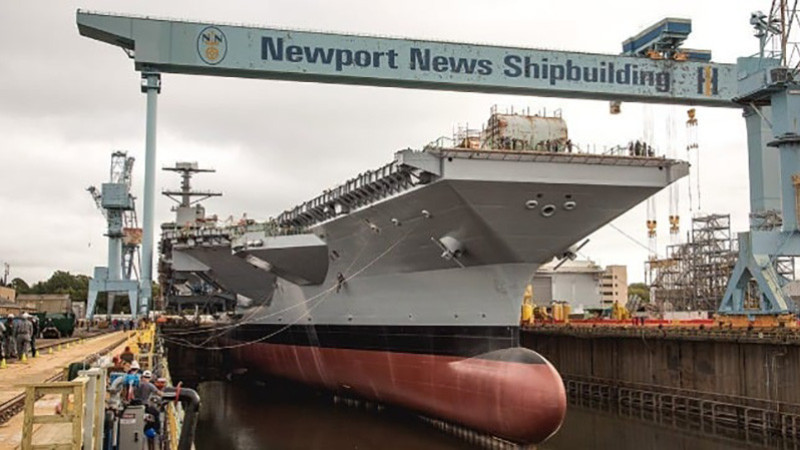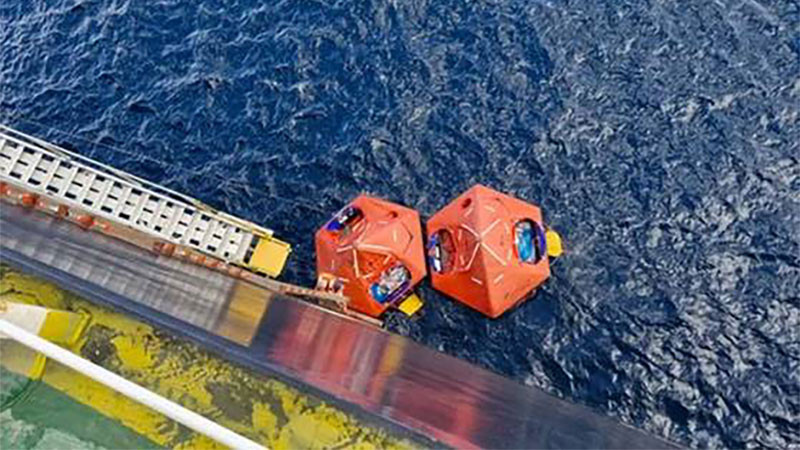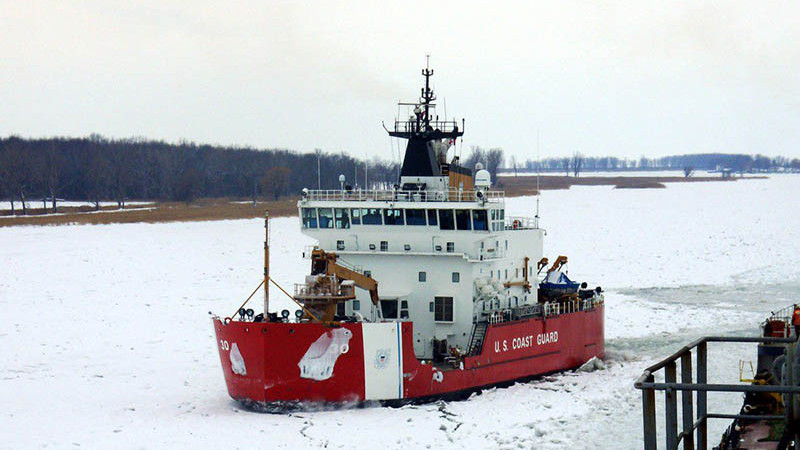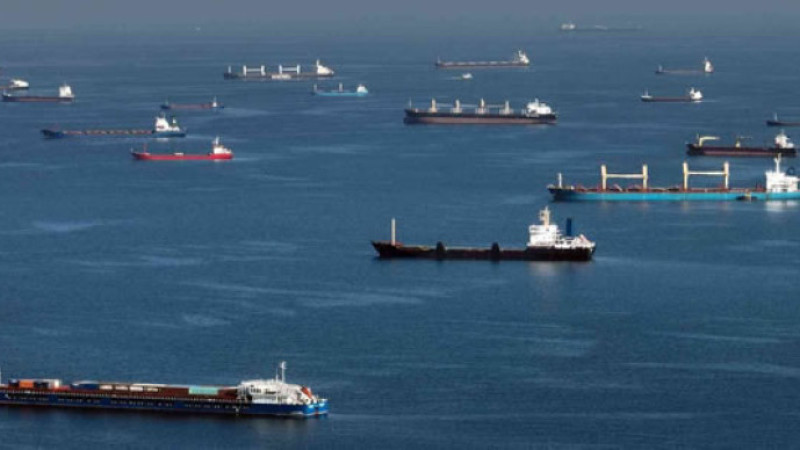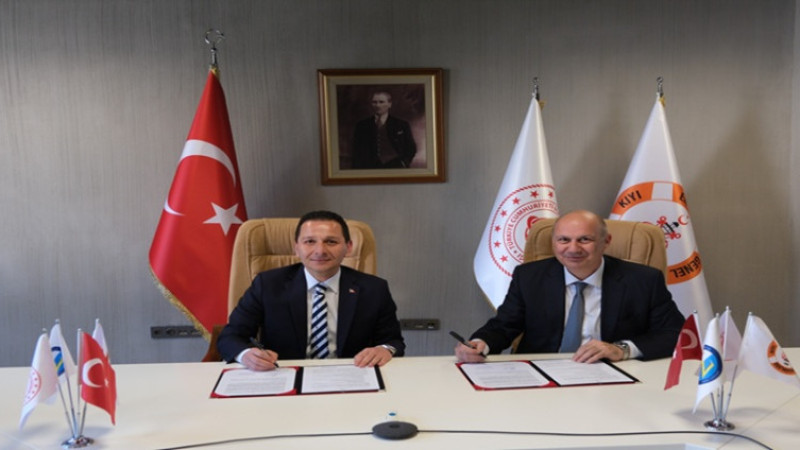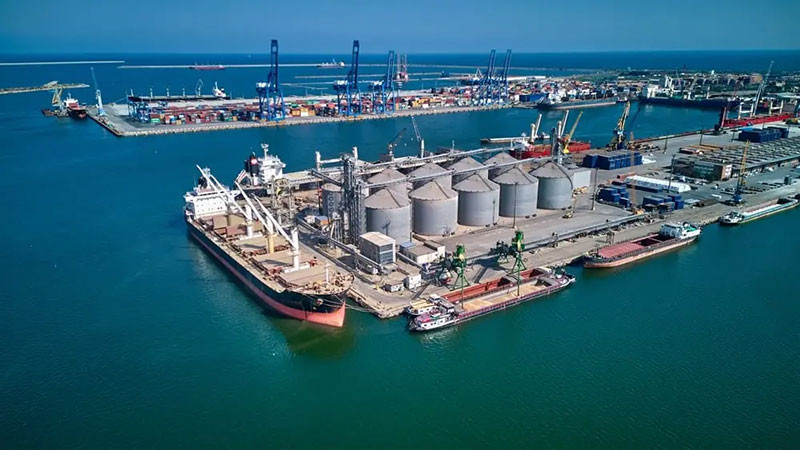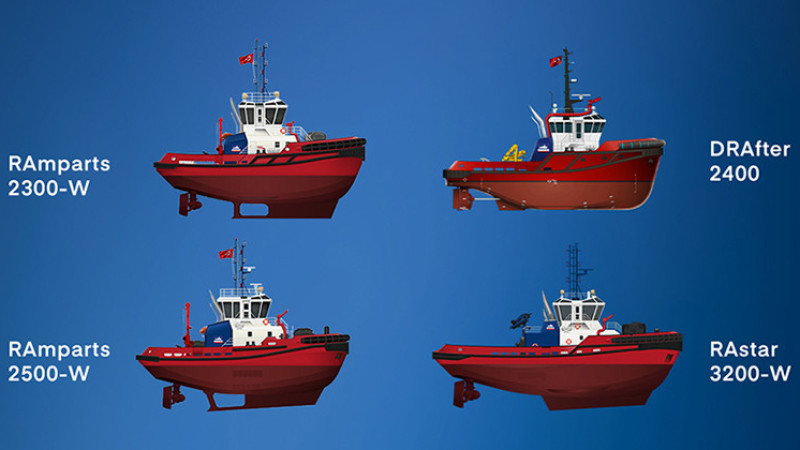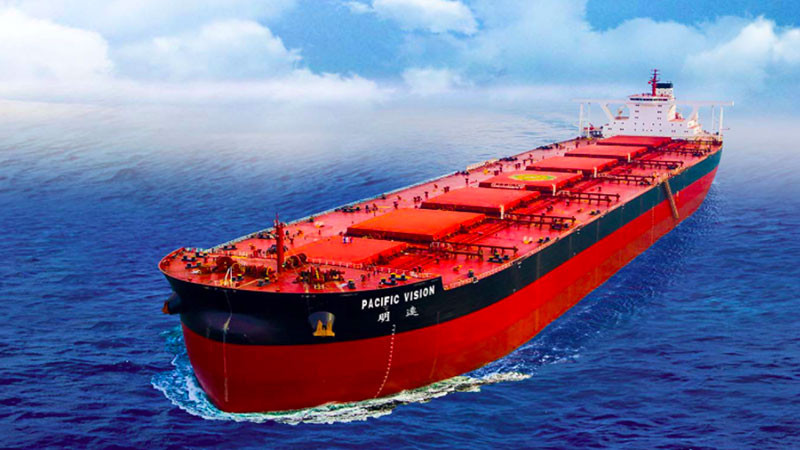Gas Carrier Dashes Across Arctic Ocean in Just 10 Days Delivering Russian LNG to Asia
The 172,846 cbm LNG carrier Georgiy Ushakov crossed the Arctic from Russia’s Yamal Peninsula to the Bering Strait in less than 10 days passing through extensive late-winter sea ice...
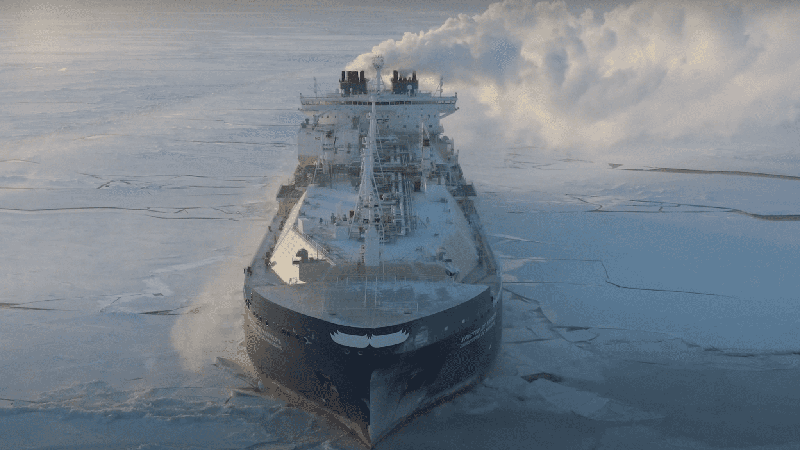
The 172,846 cbm LNG carrier Georgiy Ushakov crossed the Arctic from Russia’s Yamal Peninsula to the Bering Strait in less than 10 days passing through extensive late-winter sea ice. The Arc7 ice-class gas tanker was accompanied by the nuclear icebreaker Yamal for part of the 2,500 nautical mile journey.
The convoy maintained a steady speed of around 10-12 knots, except for short sections through the thickest ice in the East Siberian Sea. Georgiy Ushakov averaged around 10.5 knots across the 10-day trip across the Northern Sea Route.
For the past several years Russia has sent LNG carriers to Asia directly via the Arctic as early as June and as late as January. For the rest of the year it delivers its Arctic LNG to Europe where ice conditions are more favorable during winter. It ultimately hopes to dispatch LNG produced in the Arctic to Asia year-round. Last year it shipped 22 million tonnes of LNG via the Arctic.
These winter shipments were supposed to start in 2024. But delays in icebreaker construction, including the world’s largest Leader-class nuclear icebreaker, have pushed plans back toward 2030.
Georgiy Ushakov is likely bound for China and is set to complete the voyage in under 20 days, around 50 percent faster than the traditional route connecting Europe and Asia via the Suez Canal or around South Africa taking 40-45 days.
Last summer an LNG carrier completed the trip from Yamal LNG to Xiuyu, China in just 18 days. Russia also started using conventional LNG carriers without ice-class in the Arctic during summer.
In 2024 Russia’s Yamal LNG project routed 41 deliveries to Asia via the Arctic, including 35 to China; a figure likely to increase substantially as the European Union appears set to ban spot sales of Russian LNG by the end of 2025 and complete a full ban by the end of 2027.
Russia currently has eight nuclear icebreakers in service, including four of the new Arktika-class with three additional vessels under construction or ordered. These latest vessels will increase the country’s nuclear fleet to around a dozen vessels, a record surpassing the Cold War high of eight.


